Kids & Baby
You’re in great company.
Over 21,000 customers around the world are transforming their businesses with NetSuite. Your company can too. With our array of amazing children’s product customers, we have deep experience working with businesses like yours.
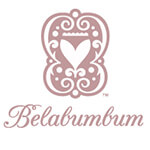

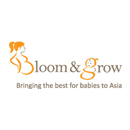
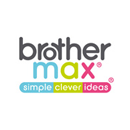

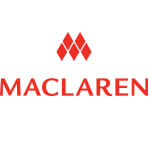


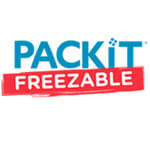

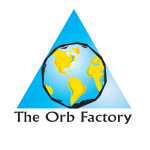
- Convert leads to orders, orders to shipments and shipments to revenue with NetSuite’s advanced warehouse, inventory management and order fulfillment capabilities.
- Gain a real-time, 360-degree view of your customers and provide better customer service through NetSuite’s seamless integration of CRM with financials and other back-office systems.
- Manage webstores and online business with NetSuite’s SuiteCommerce solution, tightly integrated with your accounting, fulfillment, inventory, CRM and more.
- Grow revenues, enter new markets and improve channel partner engagement with tools for partner relationship management (PRM).
- Eliminate manual processes and IT systems maintenance by running your business in the cloud.
- Monitor and manage your business with the ultimate customizable business dashboard, featuring built-in best practices for wholesale distribution.
RUN YOUR BUSINESS
ON A SINGLE, TRUE
CLOUD PLATFORM.
Rid yourself of multiple,
disparate applications and
bring your data into one
customizable system.
KNOW YOUR
OPERATIONS LIKE
NEVER BEFORE.
Gain insight from data gathered across your organization and empower your employees with the information they need.
GET A 360-DEGREE
VIEW OF YOUR
CUSTOMERS.
Record every interaction automatically in a single, searchable system – from marketing to selling to service and support.
ENGAGE YOUR
CUSTOMERS
EVERYWHERE.
Deliver true omnichannel shopping and service experiences across web, mobile, in-store and call-center.




























